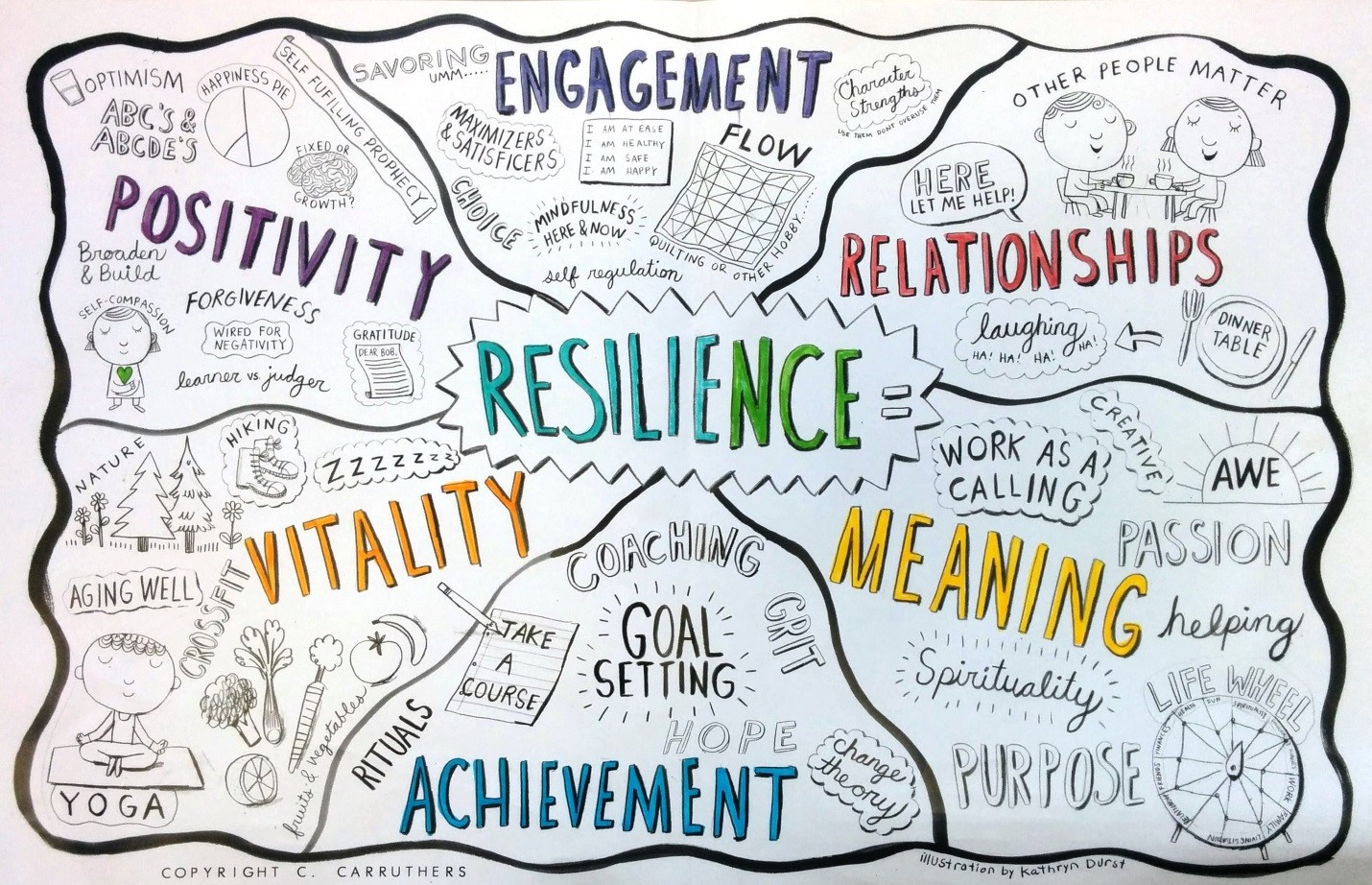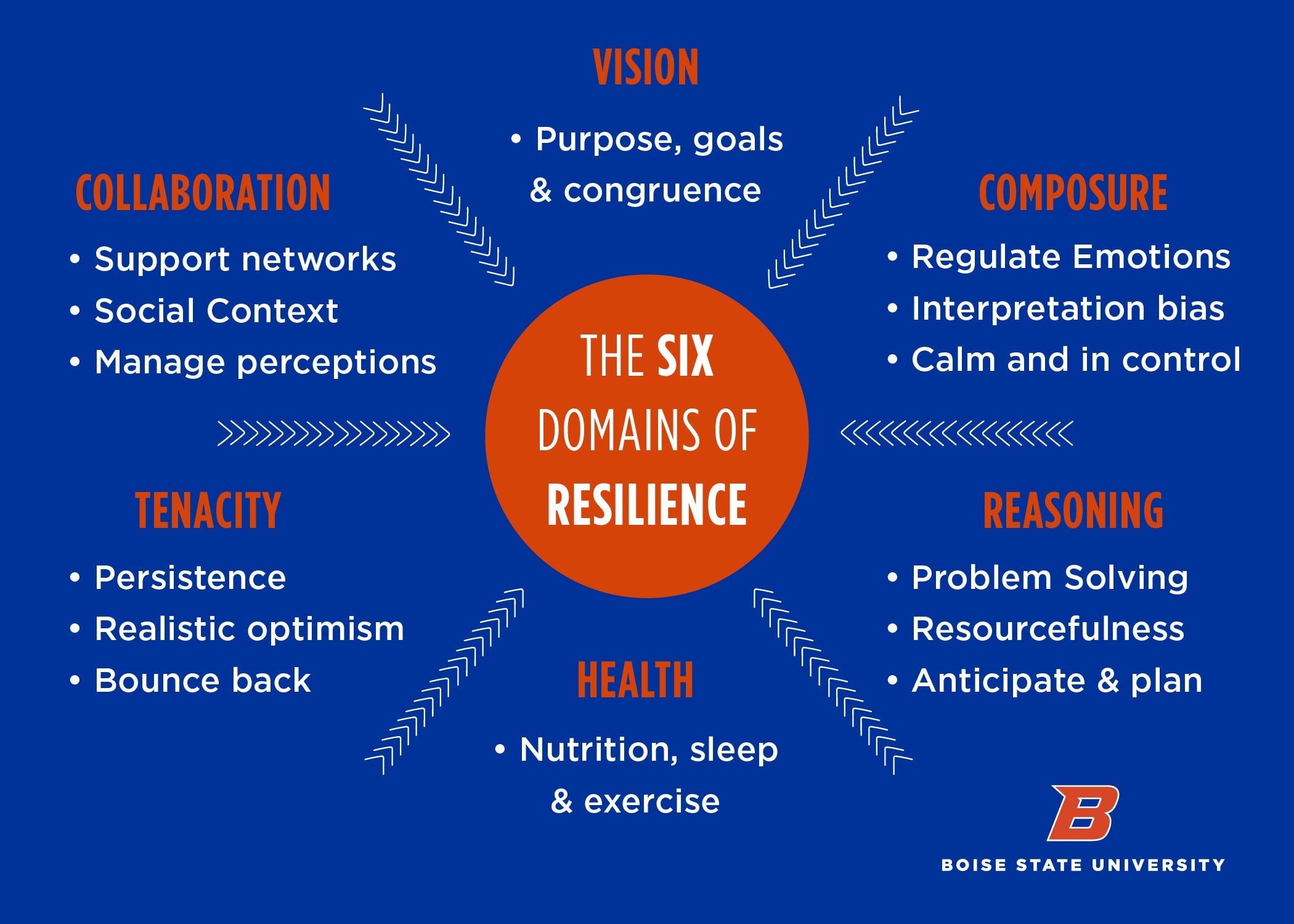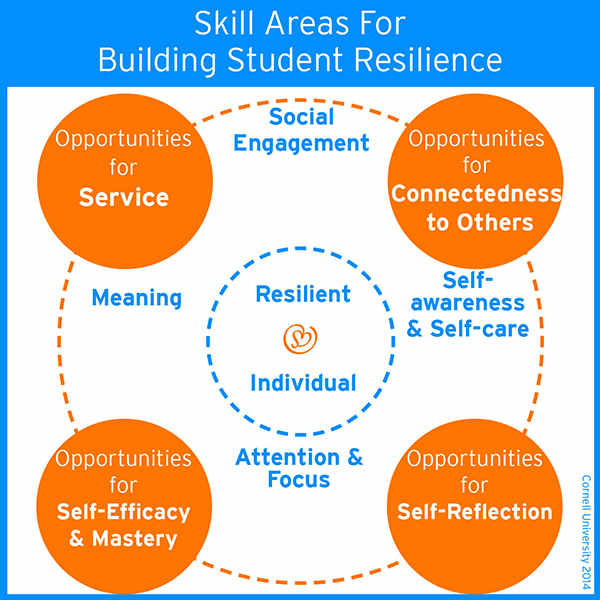Resilience Building: How to Strengthen Your Mental Toughness and Thrive in Life

In life, challenges are inevitable. Whether you’re facing personal hardships, career setbacks, or unexpected changes, resilience is the quality that helps you bounce back, grow stronger, and keep moving forward. Building resilience isn’t just about “toughing it out”; it’s about developing the skills and mindset to handle adversity with grace and strength.
In this article, we’ll explore what resilience is, why it’s important, and how you can actively build your own resilience.
What is Resilience?
Resilience is the ability to adapt positively and thrive in the face of adversity, stress, or challenges. It involves more than just recovering from setbacks — it’s about learning from them and becoming stronger in the process. Resilient people tend to stay calm under pressure, maintain a sense of hope, and find constructive ways to solve problems.
Resilience doesn’t mean that you won’t face difficulties, but it does mean that you’ll have the mental toughness and emotional stability to get through them. It’s a vital life skill that can be developed, just like any other personal strength.

Why is Building Resilience Important?
Building resilience is essential because it helps you deal with life’s inevitable obstacles, from personal loss to work-related stress. It has several key benefits:
– Stress management: Resilience helps you manage stress by enabling you to stay calm and collected during tough situations.
– Improved mental health: Resilient individuals are less likely to suffer from depression or anxiety because they develop healthy coping mechanisms.
– Better problem-solving skills: Resilience enhances your ability to approach challenges with a positive mindset and problem-solving skills.
– Stronger relationships: Resilient people are able to handle conflicts and challenges in relationships more effectively.
Building resilience can help you thrive in both good times and bad, and set you on a path to achieving your goals, even in the face of adversity.
The Six Domains of Resilience
To fully understand and build resilience, it helps to break it down into specific areas or domains that contribute to mental toughness. These domains, when developed, can make you more resilient in various aspects of life.

1. Physical Resilience
Your body plays a huge role in how you respond to stress. Physical resilience involves maintaining good health, managing sleep, eating well, and engaging in physical activity. When your body is strong, you can better cope with physical and mental stress.
- Exercise regularly: Engaging in regular physical activity boosts endorphins, which enhance your mood and reduce stress.
- Prioritize sleep: Sleep is essential for restoring the body and mind. Aim for 7-9 hours of restful sleep each night.
- Eat a balanced diet: A healthy diet supports both your physical and emotional well-being. Nutrient-rich foods can help maintain your energy levels and reduce anxiety.
2. Mental Resilience
Mental resilience involves cultivating a positive mindset, critical thinking skills, and an ability to stay calm under pressure. The way you perceive and think about challenges can significantly impact your resilience.
- Challenge negative thoughts: Replace limiting beliefs with empowering ones. For example, shift from “I can’t handle this” to “I will find a way through this.”
- Practice mindfulness: Mindfulness techniques such as meditation or deep breathing help center your thoughts and calm your mind during stressful moments.
3. Emotional Resilience
Emotional resilience is about understanding and managing your emotions, especially during challenging times. Being able to regulate your emotions helps prevent feelings of overwhelm or helplessness.
- Acknowledge your feelings: Instead of bottling up emotions, take time to acknowledge and process them. Understanding what you’re feeling can help you move through the emotional turmoil more effectively.
- Practice emotional regulation: Techniques such as cognitive-behavioral therapy (CBT) can teach you how to challenge unhelpful emotions and adopt healthier emotional responses.
4. Social Resilience
Humans are social creatures, and the support of others is crucial in building resilience. Social resilience is about fostering relationships that help you navigate stress.
- Build a strong support network: Surround yourself with friends, family, or colleagues who provide encouragement, love, and practical help during tough times.
- Seek help when needed: Don’t hesitate to lean on others for support, whether through professional counseling or talking with someone you trust.
5. Spiritual Resilience
Spiritual resilience is the ability to find meaning and purpose, especially in difficult times. For some, this may involve religious beliefs, while for others it may relate to personal values or a sense of connection to something greater than oneself.
- Practice gratitude: Focusing on what you’re thankful for can shift your mindset and build emotional strength.
- Engage in activities that bring meaning: Whether it’s volunteering, spending time in nature, or practicing a spiritual ritual, doing things that align with your values can help sustain you during tough times.
6. Practical Resilience
Practical resilience is about being resourceful and developing the practical skills needed to solve problems in the face of adversity. It’s about being flexible and open-minded to new solutions.
- Develop problem-solving skills: Learn how to break down challenges into manageable steps. Focus on what you can control, and take action in a positive direction.
- Set realistic goals: Having clear, achievable goals can give you a sense of direction and motivation when facing obstacles.
How to Build Resilience
Building resilience requires intentional effort and practice. Below are practical tips that can help you become more resilient:
1. Change Your Mindset
One of the most effective ways to build resilience is by adopting a growth mindset. When you view challenges as opportunities to grow, rather than threats to your well-being, you’re more likely to persevere.
- Embrace learning: Understand that failures are part of learning and growth. Don’t shy away from mistakes; learn from them.
- Reframe challenges: When faced with a problem, ask yourself: “How can I turn this into a learning experience?”
2. Develop Strong Coping Strategies
Effective coping strategies can help you deal with stress and adversity in healthier ways. Here are a few strategies to consider:
- Practice deep breathing: When you feel overwhelmed, take a moment to focus on your breathing. Inhale slowly, hold for a few seconds, and exhale slowly to calm your nervous system.
- Engage in physical activity: Physical exercise can act as a natural stress reliever, helping you release built-up tension.
3. Cultivate Healthy Relationships
As mentioned earlier, social support is a key element of resilience. Building strong, supportive relationships helps you feel connected and grounded during difficult times.
- Nurture meaningful connections: Take time to strengthen relationships with family, friends, and colleagues.
- Reach out when you need help: Don’t hesitate to ask for help when you’re struggling. Whether it’s emotional support or practical assistance, having a support system is invaluable.
4. Practice Self-Care
Taking care of your physical and emotional needs is essential for building resilience. Make self-care a priority, as it can help you recharge and regain strength during tough times.
- Engage in activities that relax you: This could be anything from reading, to yoga, to taking a walk in nature.
- Make time for yourself: Prioritize your well-being by carving out moments for personal reflection, relaxation, or creativity.
FAQs About Resilience
How long does it take to build resilience?
Building resilience is a lifelong process. While some aspects may improve quickly, others take time and practice. With consistency, resilience becomes stronger over time.
Can resilience be learned?
Yes! Resilience is not an innate trait; it’s a skill that can be learned and developed through practice, reflection, and intentional effort.
Is there such a thing as too much resilience?
While resilience is generally a positive trait, it’s important to recognize when you need help. Over-reliance on your ability to handle everything on your own can lead to burnout. Seek help when necessary.
Conclusion
Building resilience is an essential life skill that allows you to navigate challenges with strength, flexibility, and optimism. Whether you’re improving your physical health, cultivating emotional balance, or nurturing supportive relationships, each domain of resilience plays a vital role in helping you thrive.
Remember, resilience isn’t about avoiding adversity; it’s about learning to face it, adapt, and come out stronger. So, start today — build your resilience, and you’ll be better equipped to handle life’s inevitable ups and downs.

